የ4-ወር ሕፃን
የ4-ወር ሕፃን
Plenty of parents consider the next few months to be the golden age of babyhood, and for good reason.
ዋና ርዕሶች
ዋና ነጥቦች
Your little one is ready for fun, games and conversation — really, any kind of social interaction — with you or anyone who happens by.
So be prepared for lots of laughter (his and yours!) as he tries out his new personality. And get ready for more amazing milestones on tap in the coming weeks and months.
Here’s what you have to look forward to with your 4-month-old baby.
Your 4-month-old baby's development
Month 4
Baby’s Development

By this age, your baby can raise up on his arms when placed on his tummy and keep his head level when propped in a sitting position.
He can also roll over — though if he’s had little in the way of tummy time, he may reach this milestone later — and reach for an object.
Half of all babies this age will be able to bear weight on their legs when held upright (try it with your little one!) and many babies will play with their toes and even mouth them. Think of them as built-in toys!
In the milestone department, baby may work really hard to grab something that’s out of reach and react unhappily if you take a favorite toy away.
His babbling may also include more vowel and consonant combos, and you’ll soon be hearing baby babble like “ga-ga-ga” or “ba-ba-ba.”
That means hearing the sweet call of “Mama” and “Dada” is not so far behind!
At a Glance

Sleeping basics
By about 4 months old, most babies sleep 10 to 12 hours at night, waking up for a feeding or two, and nap for three to five hours a day, spaced between two or three naps.

Feeding basics
Breastfed babies should get 24 to 36 ounces of breast milk a day spread out over about five or six feeds. Formula-fed babies should have 24 to 36 ounces of formula in about five feeds of 6 to 8 ounces per session. Some babies start solids at this age, though doctors recommend waiting until baby turns 6 months old. But if you are offering solid foods now, your baby doesn't need more than 1 tablespoon of food twice a day.

Did you know?
By 4 months old, your little one can notice differences in shades of color (especially red and green) and may even begin favoring specific ones. He can also track faster movements with his eyes, perceive depth and even grab at moving objects.
Your 4-month-old baby's growth

A 4-month-old baby will still be on a liquid-only (or mostly) diet. Some parents choose to begin solids at the 4-month mark, but check with your doctor first. Experts recommend that most babies wait until they’re 5 or 6 months old to start eating regular food.
If you do decide to spoon up solids starting now, keep in mind that your baby doesn’t need more than a tablespoon of food (baby cereal, fruit, vegetables) once or twice a day. Plus, those solids will only be for practice, not for nutrition.
Your baby’s growth will be fueled by the still-important-as-ever breast milk or formula. If you’re nursing, count on an average of five to six feeds a day to keep up with baby’s growing needs. That’ll come to about 24 to 36 ounces of breast milk a day.
If you’re formula feeding, you’ll be serving up the bottle an average of five times a day, with around 6 to 8 ounces of formula per bottle for a total of 24 to 36 ounces of formula a day. All that food will help to keep baby at a healthy weight and height.
For girls, that should be somewhere between 10 and 19 pounds and between 22 and 26.5 inches. Boys will likely be weighing in somewhere between 11 and 20 pounds and measuring between 23 and 27 inches.
Remember that if your baby doesn’t fall into this average range, and if your baby’s doctor isn’t concerned, you shouldn’t be either. Every baby’s growth pattern is different, just as every baby is one-of-a-kind.
Your 4-month-old baby's health

The 4-month well-baby visit
This month, you'll take baby to the 4-month checkup to find out about growth, development and milestones (and also get another round of vaccines). At the doctor’s office you might also have a conversation about baby’s sleeping habits, especially how many naps your little one needs at this age.

Rotavirus vaccine
There are two different rotavirus vaccines (Rotarix or RotaTeq), both of which are given by putting vaccine drops in an infant’s mouth. Your baby likely got his first dose at 2 months, so depending on which vaccine he gets, the 4-month dose may be his final one.

Stomach bugs in babies
Rotavirus disease is a contagious viral infection and a leading cause of stomach bugs in infants. The good news: The rotavirus vaccine can help protect babies against it (if a vaccinated baby does get sick, he’s less likely to be severely ill).

Pneumococcal conjugate vaccine
At 2, 4 and 6 months, and then again between 12 and 15 months, baby will get a dose of the pneumococcal conjugate vaccine (PCV13). Pneumococcal infections are caused by Streptococcus pneumoniae bacteria, and are a common cause of ear infections, pneumonia and bloodstream infections.

IPV vaccine
Your little one will also get the second dose of the polio vaccine, which helps protect against the poliovirus. While the U.S. has been polio-free for more than 40 years, the disease still occurs in other parts of the world — so getting vaccinated is very important.
Postpartum & new baby tips
Your baby’s working on lots of new physical skills — from grabbing toys to doing his imitation of a turtle on its back.
He may find (and be totally mesmerized by) his feet — such fun toys, always available and tasty too!
If you put him on his tummy, he’ll work on pushing up his head and chest, as well as flipping over onto his back, where he’ll begin to lift his head and shoulders if you gently pull him up.
All this helps him build the muscles he’ll need to sit up on his own.
As long as he has good neck control, try propping him in a seated position. If he slumps down or slips sideways, it’s too soon.
Otherwise, you can assume he’s comfortable and ready (and he’ll probably enjoy the change of scene.) If he does start fussing — or slip-sliding away — pick him up and try again another time.
Sure, you saw your doc at your postpartum checkup, but it’s a good idea to stay in close-ish touch throughout the first year.
Why? Your body and mind have a lot to get used to, and you’ll have tons of questions, like: What type of birth control is right for me now? or, I’ve been feeling really cranky and sad — could I have postpartum depression?
Follow these tips to get your baby talking:
- Ask lots of questions, then follow up with answers. Yup, you’re talking to yourself, but you’re also modeling the give-and-take of conversation.
- While keeping up a steady stream of speech helps your baby beef up on vocabulary, he also needs time to try his own hand (or mouth, rather) at talking. When he starts yakking, pause, look at his face and really listen as he tries to master an “mmm” or an “ahhh.” He’ll be delighted that you’re paying such close attention.
- Stumped for a topic of conversation? Just tell your baby what you (and he) are doing. “I’m zipping up Mommy’s jacket — zzzip! — to keep Mommy nice and warm.”
- What’s that noise? Point it out to your baby — “Listen, a doggy is barking!” This is great practice for the toddler and preschool years, when you’ll want him to have good “listening ears” — that is, ears that both hear, and heed, your rules.
- Books are a super source of new words for a baby. Try nursery rhymes, sturdy board books, even whatever’s on your own nightstand.
- Repeat your baby’s sounds exactly as you hear them. That will encourage him to coo, babble and talk even more.
Family members and even baby himself should wash his hands (or, in the case of your baby, have them washed) frequently: before eating or preparing food, after using the bathroom or changing a diaper, after coming in from outside, after playing with or caring for pets and so on.
Make sure soap, water and clean towels are always available (avoid antibacterial soap, but you can use hand-sanitizing gels on your hands if you don’t have access to water).
Bring nature indoors and your baby’s lungs will thank you.
Air-cleaning plants don’t just make your rooms look pretty, they detox your home by removing pollutants like ammonia (found in cleaning products) and formaldehyde (found in furniture).
An assortment of 15 to 20 plants should do the trick in a 2,000-square-foot house. Rather than scattering single plants around, create group displays in each room for maximum air-cleaning effect.
The best antitoxin (and nontoxic) choices according to NASA: spider plants, philodendrons and rubber plants.
To keep your baby safe from leaves that he can nibble on or pots he can topple, put plants out of reach or block them with a child’s safety gate.
Your smartphone carries germs. Even if you wash your hands religiously, you still transfer bacteria and dirt to your phone when you use it.
In one British survey, researchers found bacteria on 92 percent of mobile phones they tested.
Worse yet, 1 in 6 phones were contaminated with E. coli bacteria (in other words, fecal matter), which can cause serious stomach issues that can be even more severe in babies.
Viruses like the flu can live on some surfaces for a day or more.
And since babies explore with their mouths, why take the risk? Best not to give your baby your phone unless you’ve thoroughly sanitized it, and even then, it’s better yet to skip using it as a toy or distraction entirely.
Your baby’s preferred view: a human face. He’s not picky about whose face it is, though, so grab a mirror, and offer your baby a chance to gaze at his own!
Here’s how you can get in on the reflection fun, and help bolster your baby’s development:
- Prop a mirror against the wall and sit opposite it on the floor (not too far away, since a baby’s eyesight is still a work in progress). Now plop your baby in your lap, leaning him back against your tummy. This also makes for a great sibling activity: Big brothers or sisters can hold a hand mirror in front of the baby while you provide the lap.
- Introduce your baby to his beautiful face by pointing at his reflection. Touch his nose, stroke his hair, gently pinch his ears and name each feature as you go. Sure, your baby doesn’t know what the words mean now, but he’ll be delighted just the same!
- Fasten an unbreakable mirror to the side of your baby’s crib, or prop one up in front of him during tummy time sessions for even more reflective fun. He may be more willing to stay belly-down (or coo contentedly in his crib — on his back, of course) if he has his own fascinating face for company.
መግዛት ያለባቹ ነገሮች
-
 Reverse Withdrawal Payment">
Reverse Withdrawal Payment">
-
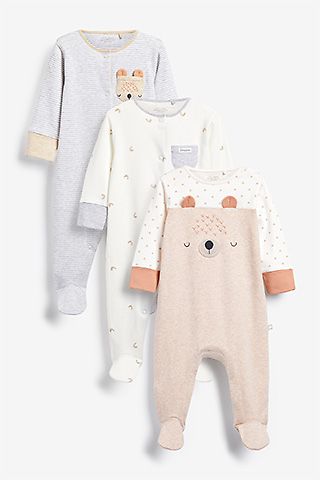 Onesies">
Onesies">
-
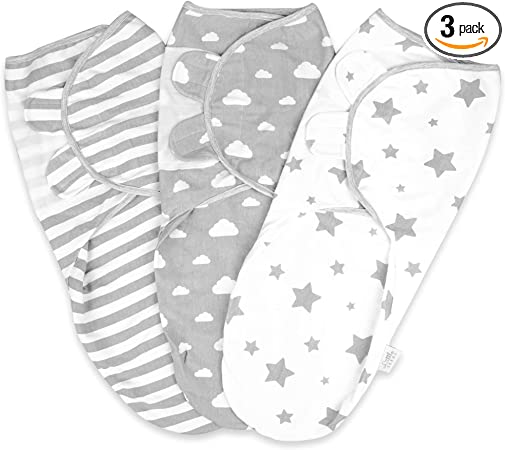 Swaddle">
Swaddle">
-
 Baby bottle">
Baby bottle">
-
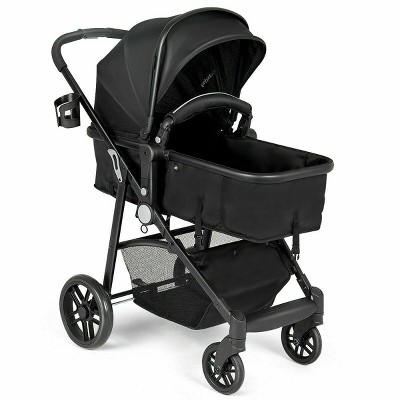 Stroller">
Stroller">
-
 Voyage Yoga Bag">
Voyage Yoga Bag">
-
 Impulse Duffle">
Impulse Duffle">
-
 Fusion Backpack">
Fusion Backpack">
-
 Rival Field Messenger">
Rival Field Messenger">
-
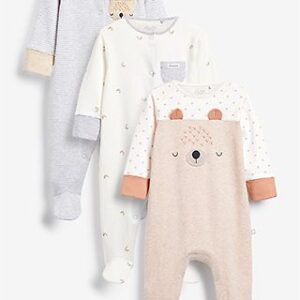
Onesies
Br50.00Add to WishlistAdd to cartAdd to Wishlist -
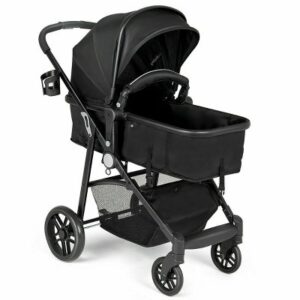
Stroller
Br32.00Add to WishlistAdd to cartAdd to Wishlist -
Sale!

Baby bottle
Br25.00 – Br30.00Add to WishlistSelect options This product has multiple variants. The options may be chosen on the product pageAdd to Wishlist


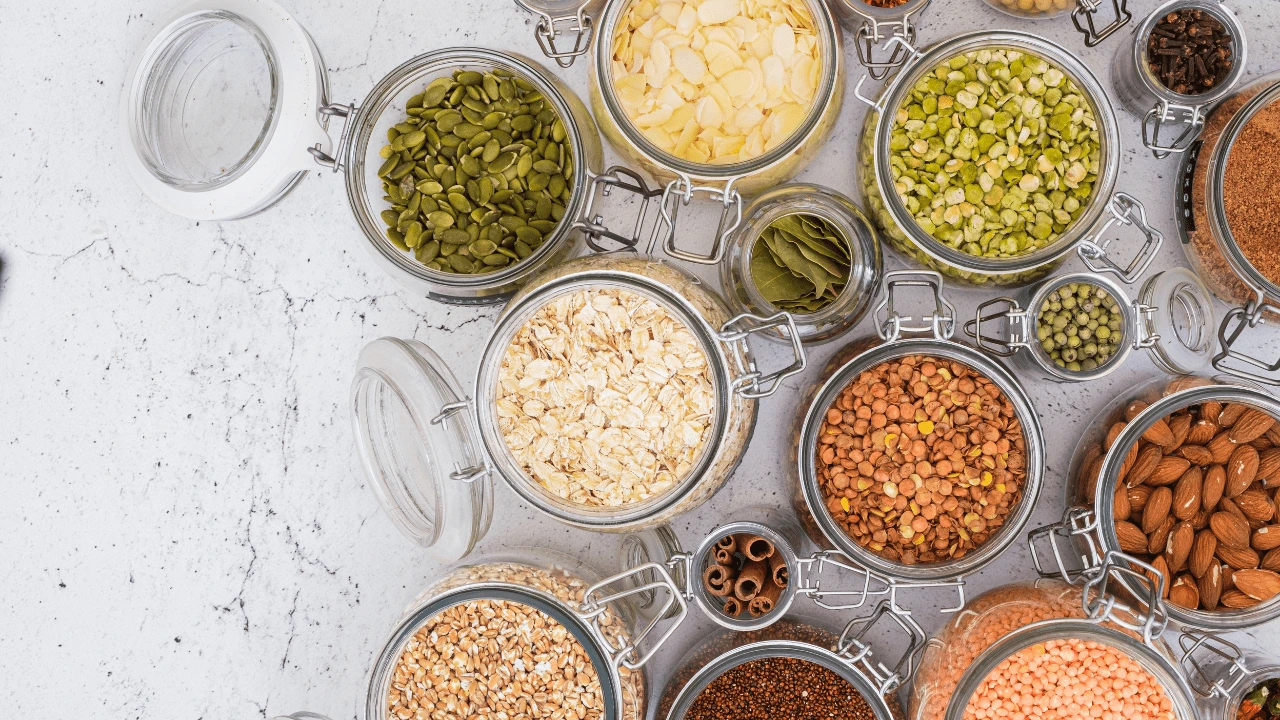
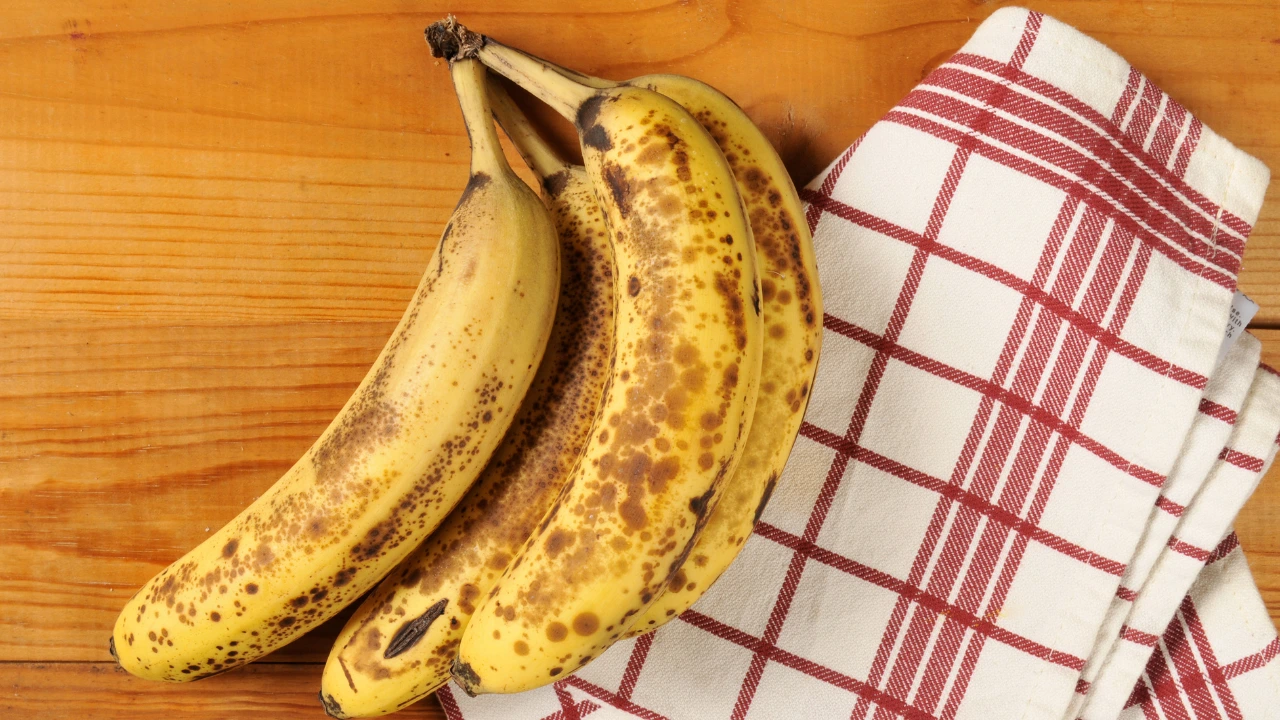
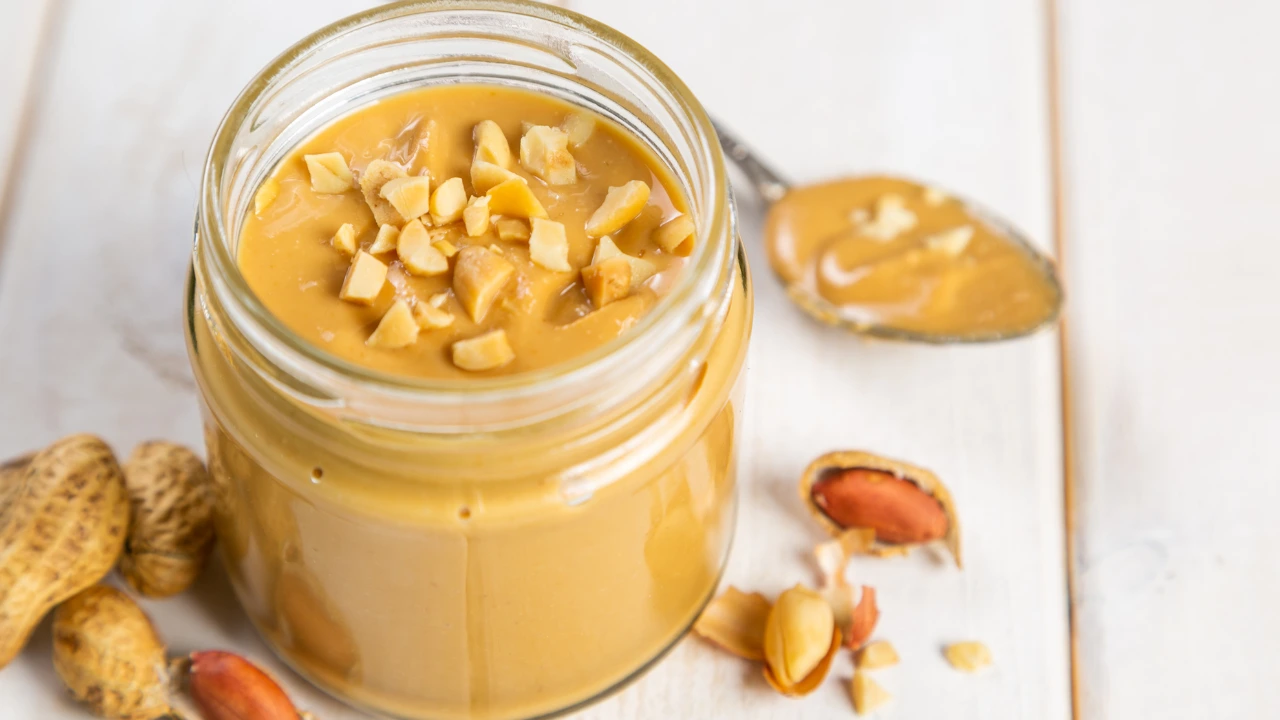
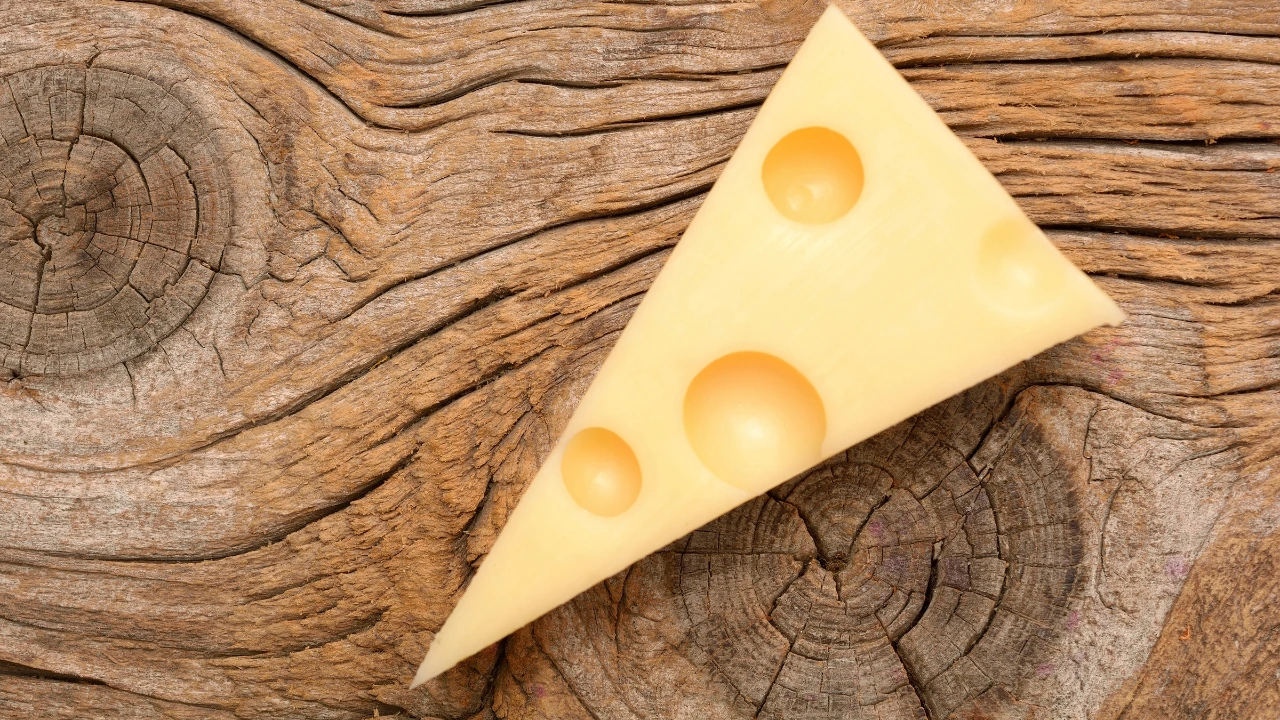
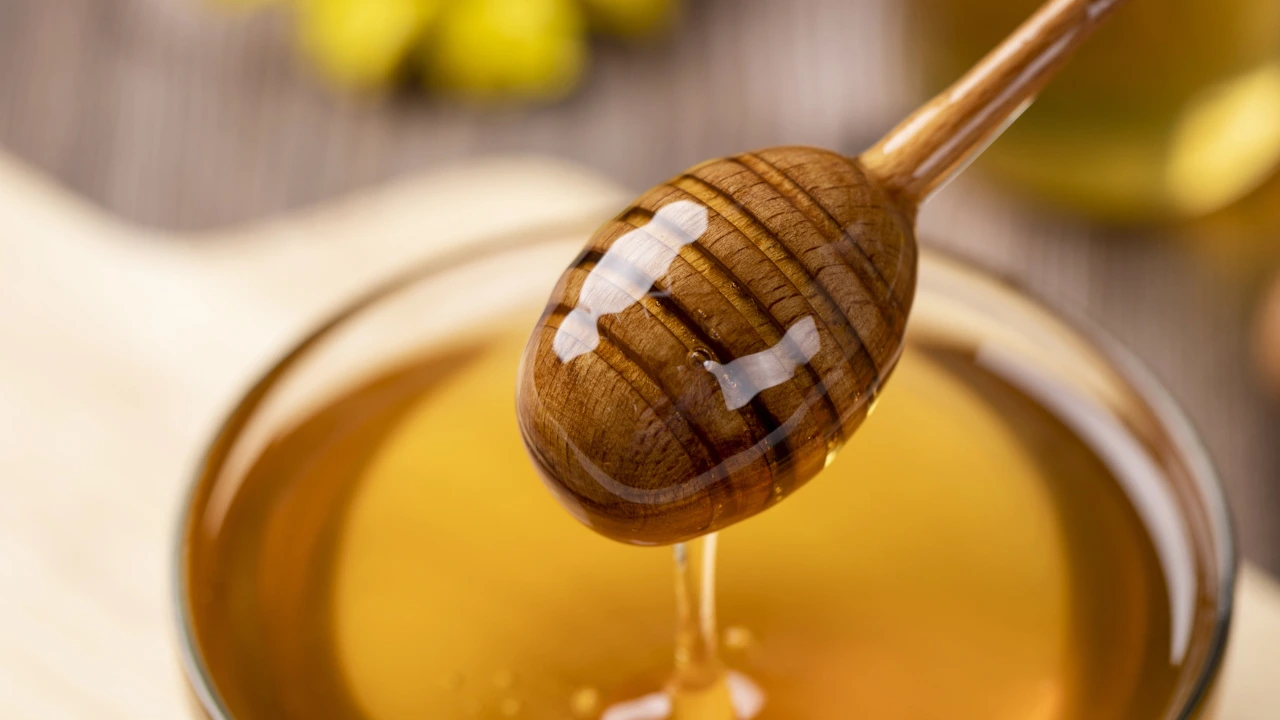
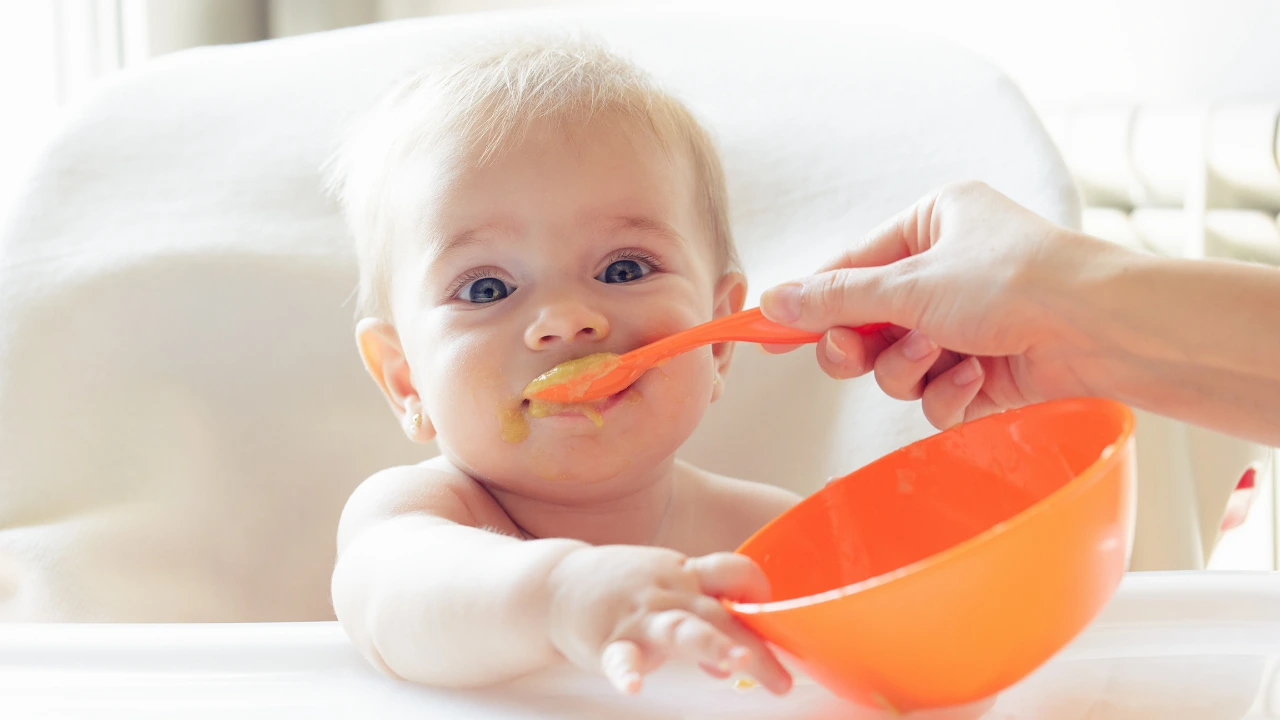
Add a Comment